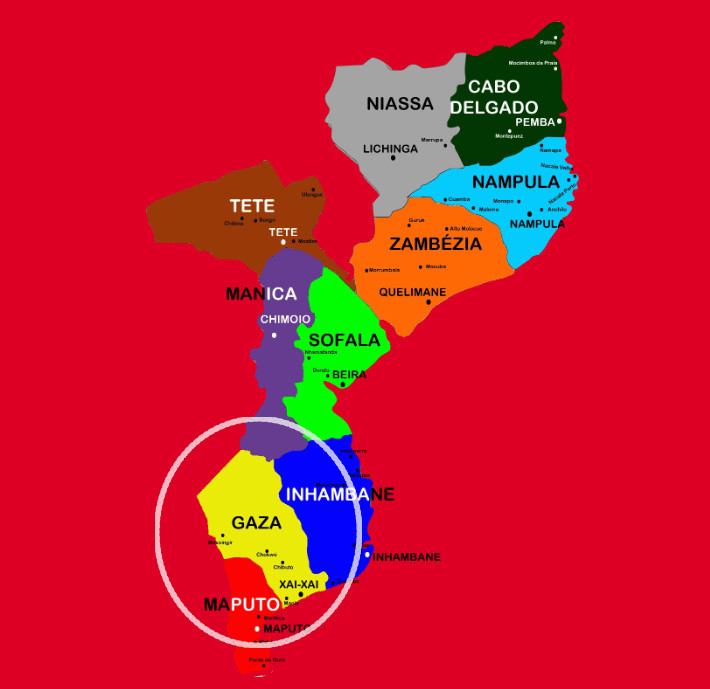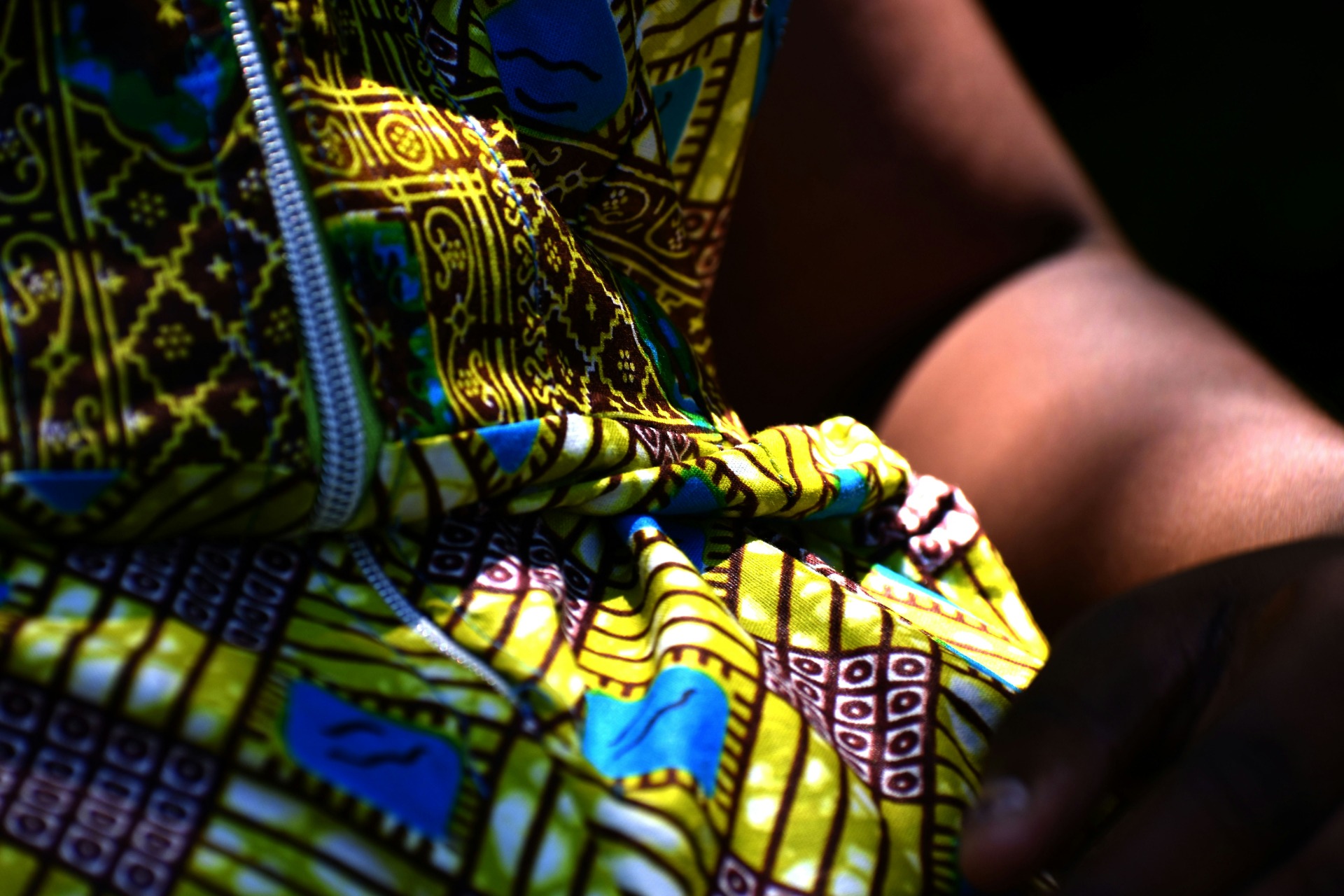MozambiqueExpert - Guide
Invest in Gaza Province

The Agriculture Sector
Gaza Province: Mozambique's Agricultural Heart — A Focus for Investors and Development
The Government of Mozambique has unequivocally declared the agricultural sector a key priority for national development, aiming to diversify the economy, ensure food self-sufficiency, and foster job creation. Gaza Province, located in the southern region of the country, stands at the forefront of this agenda, offering vast agricultural potential centered on the critical resources of the Limpopo River Basin. Investors and the public should view Gaza as a high-potential yet high-risk investment zone, where future success hinges on climate-resilient technology and improved processing infrastructure.
Facts and Figures: Gaza's Agricultural Engine
Gaza is characterized by a predominantly rural economy where subsistence agriculture is the main livelihood activity. The province is defined by its deep historical legacy in farming, supported by the fertile lowlands of the Limpopo River basin, which permit two cropping seasons annually due to good soils and irrigation potential.
Production Profile
Key Crops: Major food crops produced in Gaza include rice, cereals (maize, sorghum), cassava, groundnuts, sweet potato, cowpea, and vegetables. Cash crops include cashews, bananas, macadamias, cotton, and sesame.
Rice Production: Gaza is a critical rice cultivation area. Nationally, rice production reached 137,243 tons in 2020, reflecting a 37.5% growth since 2017.
Wheat Resumption: Gaza Province is expected to resume wheat production in the Regadio do Baixo Limpopo in Xai-Xai with the support of Chinese technology.
Livestock Leadership: Gaza holds the first place in the country for cattle production. The province has an estimated 522,000 head of cattle, mostly of the Landim breed. Livestock, including cattle and goats, plays an essential role in livelihoods and is concentrated in Gaza and Tete provinces.
Economic Scale: Gaza Province contributes 4.4% of Mozambique's Gross Domestic Product (GDP). Nationally, agriculture accounted for 25.6 percent of GDP in 2020.
Agricultural Zoning
Gaza spans three critical agroecological zones (AEZs) which dictates crop viability:
AEZ I (Semi-arid Southern region): Major crops include maize, groundnuts, cowpeas, and cassava.
AEZ II (Semi-arid coastal Southern region): Main crops include groundnuts, cowpeas, sweet potatoes, maize, rice, and cassava.
AEZ III (Arid central and northern districts): Characterized by prolonged drought spells, with sorghum, millet, and livestock (cattle and goats) being common.
Opportunities for Investors and Policy Support
The government's focus on agriculture, formalized in the PQG 2020–24 and the Strategic Plan for Agricultural Development (PEDSA 2022–2031), creates a supportive environment for private investment, particularly in value addition and climate resilience.
Key Policy Incentives (National)
To attract investment, the government has adopted economic stimulus measures including:
Tax Reductions: Corporate tax rates have been lowered from 32% to 10% for the agriculture sector.
Exemptions: VAT exemption is provided on the import of equipment, seeds, and fertilizers for agriculture.
Financing Strategy: The government seeks external financing (approximately USD 1.6 billion is needed to finance the private sector in agriculture).
Targeted Investments and Projects in Gaza
Irrigation and Water Infrastructure: Gaza, particularly the Limpopo basin, is a focus for irrigation development.
The African Development Bank (AfDB) approved a $22.8 million grant for the RIVACREP project (December 2025–2030). This project aims to quadruple rice yields (from 1 t/ha to 4 t/ha).
RIVACREP will rehabilitate 1,000 hectares of irrigation infrastructure, primarily in Gaza Province.
The rehabilitation of the Massingir Dam is key, with the potential to irrigate 130,000 hectares and provide drinking water for livestock, leveraging Gaza's status as a top cattle producer.
Agro-Industrial Value Chain Development: There is significant growth potential in processing and value addition.
Gaza is already seeing the expansion of rice agro-processing units in Chókwè, Xai-Xai, and Bilene, and cashew processing in Bilene.
The government is concerned about the weak expansion of the agro-processing industry and seeks the implantation and acquisition of fruit and vegetable processing machinery.
Initiatives are underway to transform the family livestock sector (Gaza is first in cattle production nationally) into a commercial sector by introducing improved animal breeds, which could lead to the installation of a tanning and leather industry.
New rice mills and aggregator centers are planned to be established through public-private partnerships.
Climate-Smart Technology Adoption (CSA): Programs are actively supporting technology transfer.
USAID launched a $5.5 million program in 2022, including the Farmer Resilience and Rebuilding Initiative, supporting 4,400 farmers in Chokwe and Guija by training them in the use of water-smart technologies and sustainable production practices.
Investment is needed to develop a pipeline of climate-resilient agricultural technologies and introduce crops more resistant to climate change. CSA practices, such as direct planting and efficient water management (drip irrigation), are being promoted for crops like rice, vegetables, and potatoes in the southern zone (Gaza/Maputo).
Systemic Challenges and Investment Risks
Despite its promise, investment in Gaza's agriculture faces profound, recurrent challenges rooted in environmental fragility and low institutional capacity:
Extreme Climate Vulnerability and Food Insecurity: Gaza is highly prone to natural disasters, specifically chronic droughts in its central and northern districts (Mapai, Chicualacuala, Massangena).
The El Niño phenomenon causes severe drought, as evidenced in late 2024 when over 130,000 people were reported at risk of hunger after the failure of the first harvest.
Climate change models project that drought-sensitive crops like maize could decline significantly (up to 11% on average nationally). Rainfall in southern provinces, including Gaza, has seen reductions of 20% to 30% in recent decades.
Transboundary Water Governance Risk: Gaza's dependence on the Limpopo River for irrigated agriculture is its greatest systemic weakness.
In July 2025, the viability of the agricultural economy was immediately curtailed when the Southern Regional Water Administration advised users to avoid any direct use of Limpopo River water due to an observed abnormal greenish coloration (algal bloom) originating upstream (South Africa, Zimbabwe, Botswana). This external shock demonstrates that local productivity gains are acutely vulnerable to transnational governance failures.
Productivity and Technology Gaps: The majority of production is small-scale, rain-fed, and relies on traditional practices.
Yields of major crops like maize and rice are among the lowest in Southern Africa. For instance, maize yields average one ton per hectare, significantly below regional neighbors.
Adoption of improved technology is low: fewer than 3% of farmers use fertilizers nationwide, and many lack the knowledge or financial capacity to invest in improved practices or drought-tolerant varieties.
Post-harvest losses are high, estimated at around 30% for cereals.
Market and Financial Constraints: Small farmers struggle with connecting to commercial markets.
The challenge for producers is not production quantity, but inadequate processing and distribution infrastructure. Small farmers require guarantees that their produce will be sold.
Access to financial services, particularly agricultural credit, remains low, hindering investments necessary for mechanization and input utilization.
Related Readings
